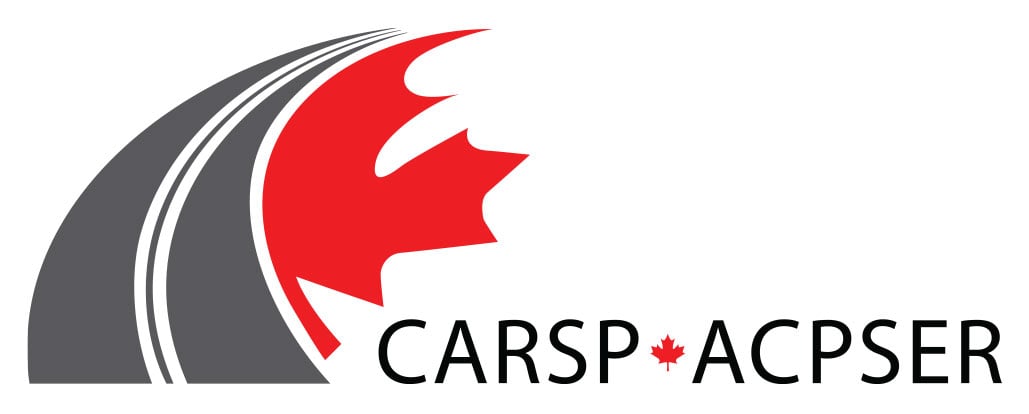Are we in the right direction with driving and anesthesia?
Author(s): Martin Lavallière, Samuel Tétrault
Slidedeck Presentation not available (no paper submitted)
Abstract:
Background: Automobile driving represents a fundamental indicator of autonomy, independence and success in the current society. Despite its importance in activities of daily living such as transportation to job and activities, there are several factors that can alter one’s abilities to drive safely. Recently, driving distracted or driving under the influence of alcohol or non-prescribed drugs have drawn a lot of attention. One area that has been left aside regarding road safety is the implication of some medical procedures and their consequences on the ability to drive after someone underwent a treatment in a medical setting.
Aim: Even though several papers were published on certain types of surgery and their impacts on the ability to brake or steer rapidly, less were done on the impact of anesthesia on driving skills. The aim of this paper is to review and summarize the literature on anesthesia and its impact on driving skills.
Methods: In order to assess the importance of this research area, a review of the literature available in PubMed was conducted with the Keywords ('anaesthesia'[All Fields] OR 'anesthesia'[MeSH Terms] OR 'anesthesia'[All Fields]) AND ('automobile driving'[MeSH Terms] OR ('automobile'[All Fields] AND 'driving'[All Fields]) OR 'automobile driving'[All Fields] OR 'driving'[All Fields])(January 1970 to December 2013.
Results: A total of 131 papers were obtained with this search. Out of those, only 16 papers fulfill requirements to be included in this literature review (results will be presented in a Table). There results suggest that a minimum of 24 hours without driving should be considered after general anesthesia. One limit, however, is that these studies were conducted with healthy individuals who did not undergo surgery. Moreover, some surveys indicated that one of the less followed postoperative instructions is driving a car even though patients underwent general different types of anesthesia.
Discussion/Conclusion: In conclusion, more research has to be conducted in order to ensure that we provide proper care to our patients, not only during hospitalisation, but on their way home as well. This offers us three possible answers: either patients weren’t aware that they shouldn’t drive; they had no way else to go back home, or they considered themselves as safe to drive. Although they may feel capable of driving, driving skills may be affected by reluctant pain, physical restrictions, anesthesia, and/or analgesics. Patients and caregivers have to be aware that post anesthetic discharge based on a scoring system is based on clinical tests and that tests are not strongly linked with actual driving performance or to predict one’s individual performance. More importantly, if medical staff is concerned with the driving abilities of a patient before the surgery, discussions should also be started with the patient and their families/caregivers regarding alternatives to car driving.
